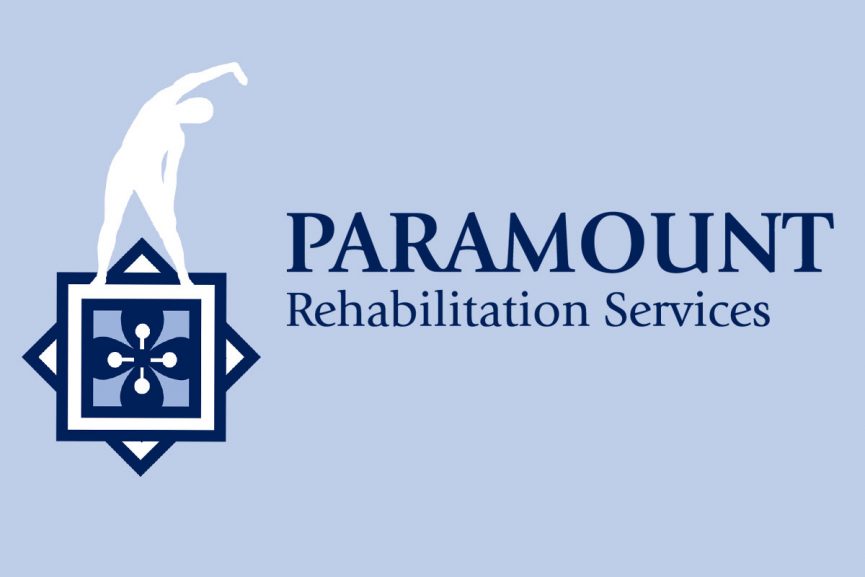Tip Tuesday!
We wanted to share with you some tips for desk workers to exercise at work.
Exercising at work is important for preventing neck, shoulder, and back strain and pain. Exercising at work has also been shown to increase productivity, decrease stress, and promote a sense of wellbeing.
- Stand up and sit down without using your hands
Standing up and sitting down without using your hands is an excellent way to challenge your core. This exercise can even be done when on the phone without anyone knowing - Substitute exercise for sitting — while you work
Sitting on an exercise ball instead of a desk chair is another way to challenge your core. Sitting on an exercise ball challenges balance throughout the day and engages muscles in the back, legs, and butt. - Shrug your shoulders — to release the shoulders
Lift your shoulders up towards your ears and down towards the floor. You can also do shoulder circles lifting your shoulders up towards your ears and back in a circular motion. - Move your neck to release tension
Slowly move your neck up and down, over each shoulder, and tilt towards each ear. - Loosen the hands and arms with air circles
Clench both fists, stretching both hands out in front of you. Make circles in the air clockwise and counterclockwise. Shake out your hands. - Stretch your arms — good for hands, wrist, and forearms
Stretch your left hand out in front of you, pointing fingers toward the floor. Use your right hand to increase the stretch, pushing your fingers down and toward the body. Be gentle. Repeat with the other arm.
Now stretch your left hand out straight in front, wrist bent, with fingers pointing skyward. Use your right hand to increase the stretch, pulling the fingers back toward your body. Repeat with the other arm. - Do leg extensions — work the abs and legs
Grab the seat of your chair to brace yourself and extend your legs straight out in front of you so they are parallel to the floor. Flex and point your toes five times. - Stretch your back with a “big hug”
Hug your body, placing the right hand on your left shoulder and the left hand on your right shoulder. Breathe in and out, releasing the area between your shoulder blades. - Cross your arms — for the shoulders and upper back
Extend one arm out straight in front of you. With the other hand, grab the elbow of the outstretched arm and pull it across your chest, stretching your shoulder and upper back muscles. Repeat with the other arm. - Stretch your back and shoulders with a “leg hug”
Sit on the edge of a stationary chair (if it has wheels, wedge the chair against the desk or wall to make sure it does not roll). Put your feet together, flat on the floor. Lean over, chest to knees, letting your arms dangle loosely to the floor. Release your neck. Now bring your hands behind your legs, right hand grasping left wrist, forearm (or elbow if you can reach that far), left hand grasping the right. Feel the stretch in your back, shoulders and neck. - Look up to release upper body
Sit up tall in your chair, or stand up. Stretch your arms overhead and interlock your fingers. Turn the palms to the ceiling as you lift your chin up, tilt your head back, and gaze up at the ceiling, too. - Go for a walk when possible
Walk to talk to a colleague instead of emailing them. Go for a walk around the office or building during your lunch.
Information taken from: http://breakingmuscle.com/mobility-recovery/a-simple-10-minute-workout-for-desk-workers and http://www.webmd.com/fitness-exercise/stretching-exercises-at-your-desk-12-simple-tips?page=2

